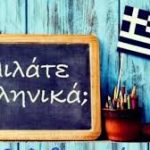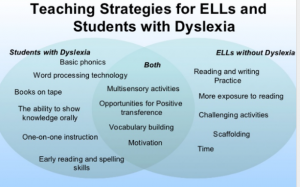9η Φεβρουαρίου: Παγκόσμια Ημέρα Ελληνικής Γλώσσας

9η Φεβρουαρίου: Παγκόσμια Ημέρα Ελληνικής Γλώσσας .
Η Γενική Γραμματεία Δημόσιας Διπλωματίας του υπουργείου Εξωτερικών συμμετέχει στον εορτασμό με ένα βίντεο διάρκειας 1,5 λεπτού στο οποίο εμφανίζονται πολίτες διαφόρων χωρών, ηλικιών και επαγγελματικής απασχόλησης, που προφέρουν λέξεις στις γλώσσες τους και είναι ελληνικής προέλευσης.
Στόχος της καμπάνιας είναι :
- να καταδείξει την οικουμενικότητα της ελληνικής γλώσσας
- να υπογραμμίσει τη συμβολή της στον γλωσσικό και πολιτισμικό εμπλουτισμό των ευρωπαϊκών και πολλών άλλων γλωσσών του πλανήτη
Στο νου μας έρχονται οι 2 ομιλίες του Ξενοφώντα Ζολώτα, επί σειρά ετών διοικητή της Τράπεζας της Ελλάδας, τις οποίες εκφώνησε στο πλαίσιο των ετήσιων συναντήσεων της Παγκόσμιας Τράπεζας το 1957 και το 1959 και έχουν μείνει στην ιστορία. Και αυτό γιατί εκφώνησε τους λόγους στα αγγλικά χρησιμοποιώντας λέξεις ελληνικής προέλευσης και φαίνεται πως έγινε κατανοητός.
Ο πρώτος λόγος εκφωνήθηκε στο κλείσιμο της 12ης ετήσιας συνεδρίασης της Παγκόσμιας Τράπεζας, τον Οκτώβριο του 1957 στη Νέα Υόρκη, όπου παραβρέθηκε ως Διοικητής της Τράπεζας Ελλάδος. Ξεκίνησε την ομιλία του στα αγγλικά, αλλά με ελληνογενείς λέξεις.
Kyrie, I eulogize the archons of the Panethnic Numismatic Thesaurus and the Oecumenical Trapeza for the orthodoxy of their axioms methods and policies, although there is an episode of cacophony of the Trapeza with Hellas. With enthusiasm we dialogue and synagonize at the synods of our didymous Organizations in which polymorphous economic ideas and dogmas are analyzed and synthesized. Our critical problems such as the numismatic plethora generate some agony and melancholy. This phenomenon is charateristic of our epoch. But, to my thesis we have the dynamism to program therapeutic practices as a prophylaxis from chaos and catastrophe. In parallel a panethnic unhypocritical economic synergy and harmonization in a democratic climate is basic. I apologize for my eccentric monologue. I emphasize my eucharistia to your Kyrie to the eugenic and generous American Ethnos and to the organizers and protagonists of this Ampitctyony and the gastronomic symposia
Ξενοφών Ζολώτας













